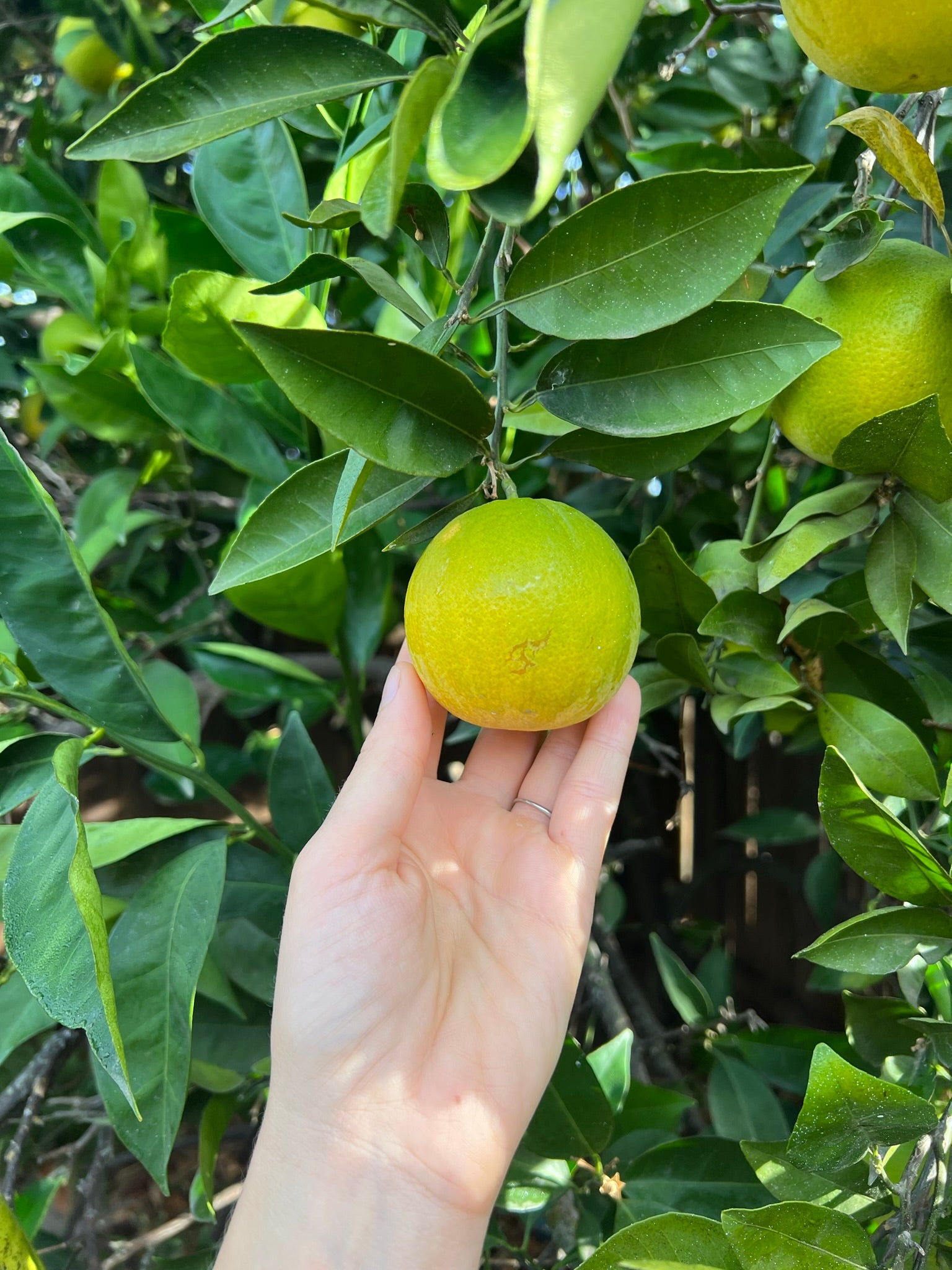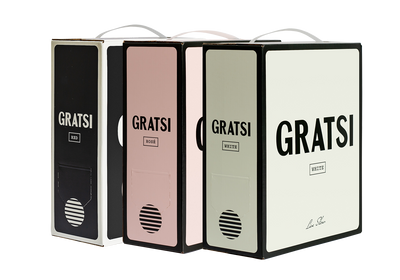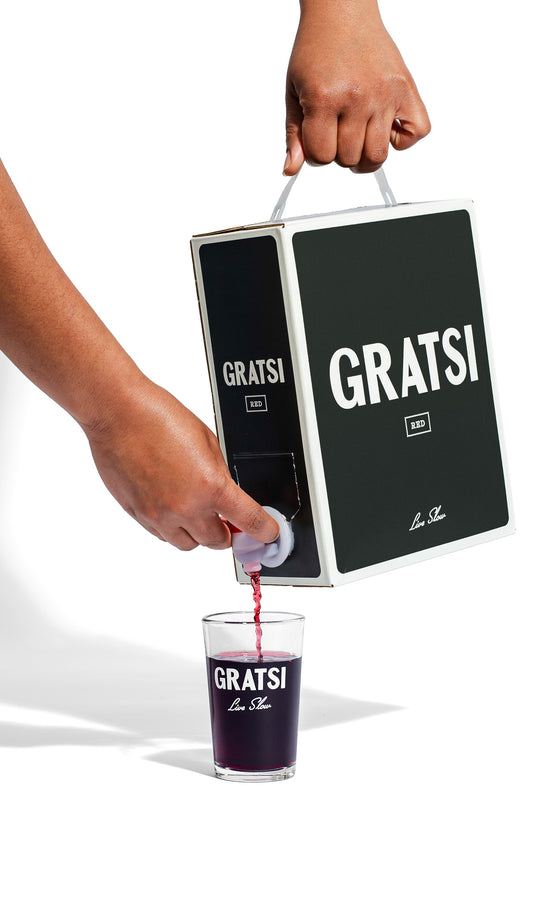Beginner-friendly Fruit Trees for Your Homestead

HOMESTEADING SERIES
Beginner-friendly Fruit Trees for Your Homestead
By Jenn MacLeod
August 08, 2024
Do you dream of stepping out your front door to pluck a fresh orange from your garden? Or perhaps you’ve always wanted to make jam from home grown plums. Embarking on the journey of growing fruit trees is an exciting adventure for any gardener, especially those new to the world of horticulture. Not only do fruit trees provide fresh, delicious produce, they also enhance your garden’s beauty and biodiversity. This blog post will highlight three fruit trees that are the most beginner friendly to get you started on your food forest foray.

Citrus
There are so many citrus varieties to choose from! Lemon, Lime, mandarin, navel oranges, pummelo, grapefruit, kumquat can all be grown in the ground, or you can find dwarf varieties that can be successfully grown in large planters like half wine barrels. Most citrus are grafted onto rootstock that allows them to fruit in just a few years instead of 10-15, so it’s worth purchasing a tree from a nursery! If planting in the ground, chose a time after the danger of spring frost is past, but before the summer heat sets in. Dig a hole that is twice as wide as the root ball and backfill with quality compost. Apply a citrus fertilizer each spring before bud break and invest in the soil health around the trees by adding compost and mulch once a year. If planting in a container, be sure to choose one that is at least 18 inches deep and wide, and fill it with quality potting mix. Automated drip irrigation and surface mulch like woodchips or leaves over the soil will ensure consistent moisture. Add a high nitrogen fertilizer monthly from midwinter to fall. Follow these tips and you’ll have delicious citrus every year!

Persimmon
A beautiful and bountiful fruit tree, persimmons can grow in zones 4-9, they produce a lot of fruit, provide shade, and are generally free of pests and diseases. You can choose between many varieties, some native to the U.S. and some of oriental origins. There are generally two types, one is firm and edible right off the tree while the other type is astringent until soft-ripe. I prefer the edible when firm variety and grow one in my front yard food forest. My kids love to eat them right off the tree! However, both can be used in baking and are a wonderful fall fruit to add to the kitchen. All varieties of persimmons are tolerant of many soil types as long as the drainage is good, so be sure to add plenty of organic matter to your soil and ensure the roots stay happy and healthy. You can plant bare-root persimmon trees in winter or early spring. Be sure to loosen the soil deeply to make it easier for the taproot to grow.


Plums
Plums bring so much joy to the summer garden. There are varieties for almost every zone in the U.S. so you are likely to find something that will thrive in your climate. Plums are subject to some pests and disease, such as brown rot, peach tree borers and leaf curl, but all these can be effectively prevented by providing good sanitation, watering, fertilizing and soil conditions. Choose a sunny and open location to plant your tree. Bare root trees are typically available in late winter or early spring, but can be planted in the ground anytime except in extreme summer heat. After the second or third year of growth you will start getting a large crop of fruit. Be sure to thin the fruit so each one has space to grow into a sizeable and delicious morsel! Prune away diseased branches or branches that are crossing over one another to maintain airflow within the tree. Fertilize the tree by sprinkling a balanced fertilizer over the tree’s root zone in the early spring.

In conclusion, growing fruit trees can be a rewarding and enjoyable experience for beginning gardeners. With a little research and planning you can select the right varieties for your climate, soil and available space. Remember to start with healthy young trees, provide proper care and maintenance, and be patient, as fruit trees take time to mature and produce fruit. The process not only enhances your gardening skills but also offers the joy of harvesting fresh, homegrown fruit! Whether you’re aiming o create a small backyard orchard or just want a few trees to enjoy, starting your fruit tree journey can be a fulfilling and fruitful endeavor.





